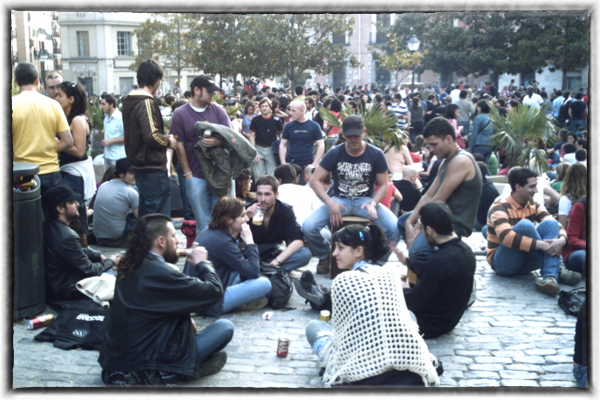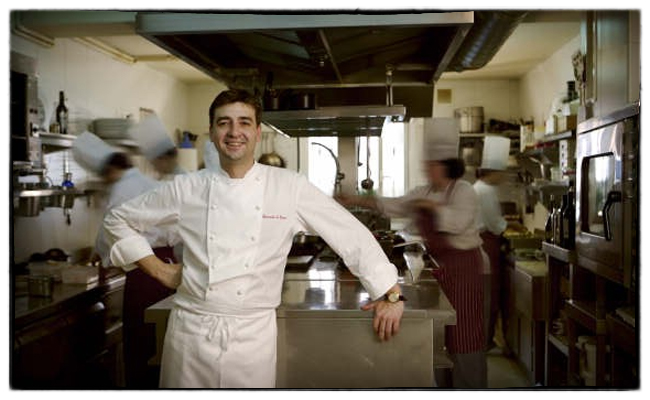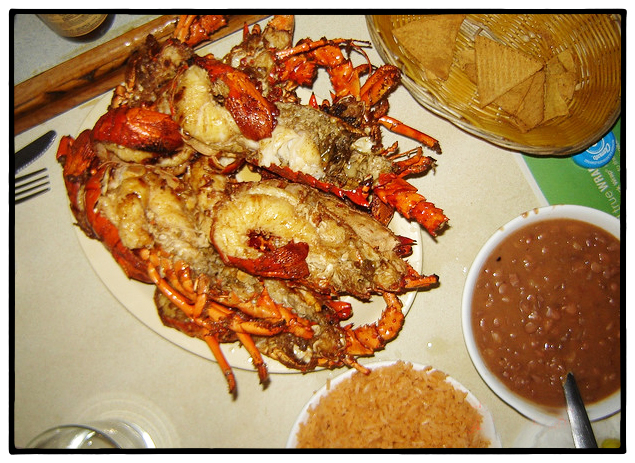If you’re under 30 and visiting Madrid, there are two words you need to add to your Spanish vocabularly: kalimotxo and botellón. They’re related. Kalimotxo (the tx is pronounced ch as in much) is a street cocktail made, quite simply, from mixing equal amounts of cheap red wine and Coca-Cola. (Funniest thing I’ve ever read: The swanky food and wine magazine, Saveur, calls the drink a “red wine and cola spritzer.” Yep, and a hot dog is richly spiced and roasted meat nestled in a lightly baked bun.)
It doesn’t make any difference what kind of wine you use (although the box wine Don Simon, which comes in a Tetra Pak and costs one euro, is hugely popular) but it always calls for Coca-Cola (there’s something about the sweetness and caffeine that makes it the go-to kalimotxo mixer). Here’s how you make a kalimotxo: you get a one-liter drinking glass called minis or cachi or macetas, fill it half way up with red wine and fill the rest of it up with Coca-Cola. If you’re really sophisticated, you can add ice. Voilà! You have a kalimotxo cocktail.
You could drink a kalimotxo at home, but nobody does that in Madrid. Instead, you drink it at a botellón. The word itself means “big bottle” (in reference to the liter-sized minis) but refers to the groups of young kids (generally between 15 and 28) who gather in public places all around Madrid (and elsewhere in Spain) to share a kalimotxo or two. Three very popular places to botellón, particularly in the summer: Plaza de Espana, Plaza de Santa Ana, and Plaza de Dos de Mayo (although every neighborhood in Madrid has its own favorite botellón spot).







Recent Comments